Fly Fishing Heaven: Montana’s Best Rivers and Streams
Montana has rightfully earned its reputation as a premier fly fishing destination in North America, if not the world. With its pristine waters, diverse aquatic ecosystems, and abundant trout populations, the Treasure State offers anglers an unparalleled experience that borders on the spiritual. From the legendary spring creeks and meandering rivers to high mountain streams, Montana provides a lifetime’s worth of fishing opportunities for both novice and seasoned anglers. The state’s commitment to conservation and public access has preserved these waterways, allowing generations of fly fishers to pursue their passion across Montana’s breathtaking landscapes.
The Legendary Madison River

The Madison River stands as perhaps Montana’s most iconic trout stream, flowing for approximately 183 miles from Yellowstone National Park to Three Forks where it joins the Jefferson and Gallatin to form the Missouri. Known for its remarkable consistency and diverse fishing opportunities, the Madison offers everything from wide, shallow riffles to deep pools and undercut banks. The upper section, particularly between Quake Lake and Ennis, provides some of the most productive dry fly fishing in the country, with legendary hatches of caddis, salmonflies, and PMDs (Pale Morning Duns).
Anglers particularly treasure the fifty-mile stretch below Hebgen Lake for its abundant brown and rainbow trout, which average 14-16 inches but frequently exceed 20 inches.
The Mighty Yellowstone River
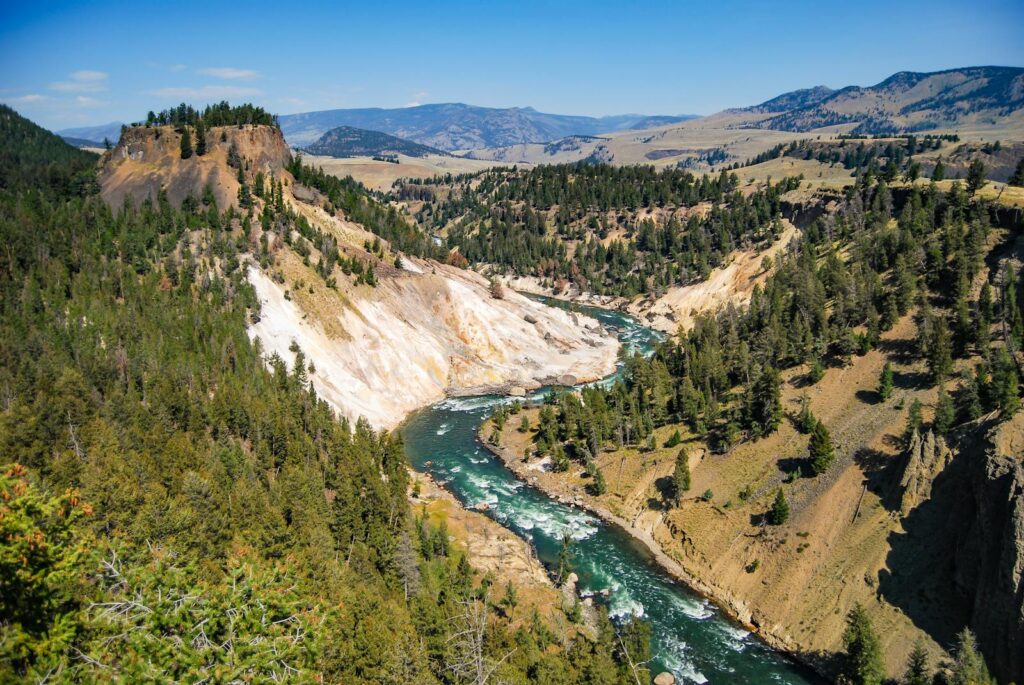
As the longest undammed river in the contiguous United States, the Yellowstone River offers nearly 700 miles of free-flowing water, with the Montana section providing some of the finest trout habitat in North America. Beginning its journey in Wyoming’s Yellowstone National Park, this magnificent river gains character as it winds through Paradise Valley toward Livingston, where the scenery becomes as captivating as the fishing. The Yellowstone hosts robust populations of brown, rainbow, and native Yellowstone cutthroat trout, with the Paradise Valley section particularly renowned for its scenic beauty and productive waters.
The river’s diverse structure – from boulder-strewn pocket water to long, smooth glides – accommodates virtually every fly fishing technique, making it a versatile destination for anglers of all preferences.
The Big Hole River’s Diverse Ecosystem
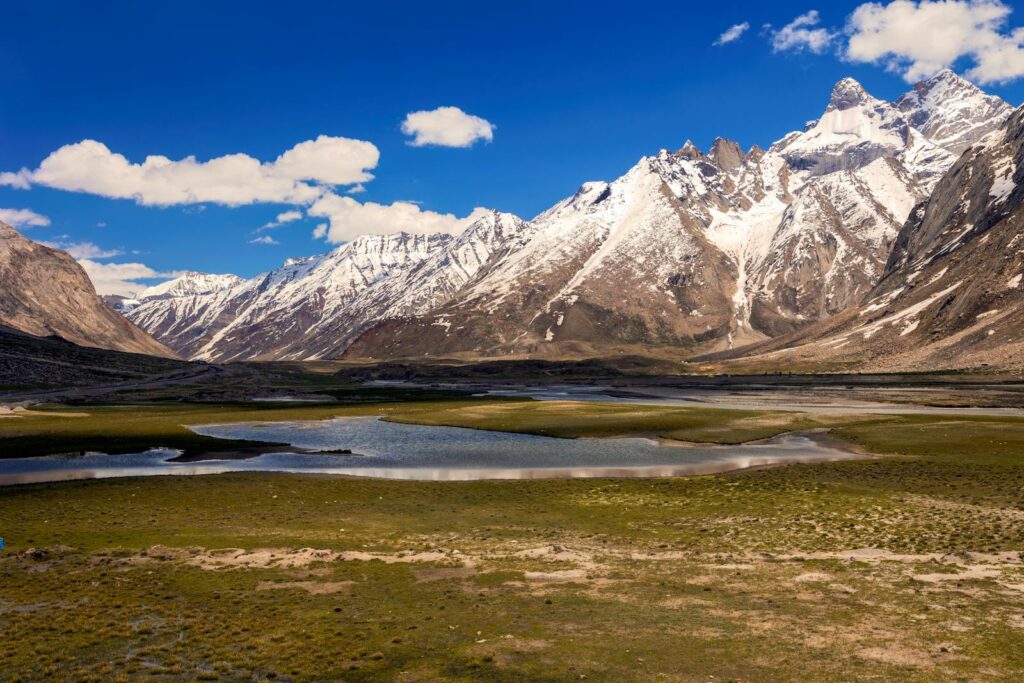
The Big Hole River presents anglers with one of Montana’s most diverse and ecologically significant fisheries, flowing for approximately 153 miles through varied landscapes from its headwaters near Jackson to its confluence with the Beaverhead. What distinguishes the Big Hole is its status as the last stronghold for fluvial Arctic grayling in the lower 48 states, offering anglers the rare opportunity to catch this iridescent, sail-finned species. Beyond grayling, the river holds healthy populations of brown, rainbow, brook, and cutthroat trout, with the upper sections particularly known for productive dry fly fishing during the river’s famous salmonfly hatch in late June.
The river’s character changes dramatically throughout its course, from a small, meandering meadow stream in its upper reaches to a powerful, broad river flanked by cottonwoods and willows as it approaches its confluence.
The Missouri River’s Tailwater Treasure
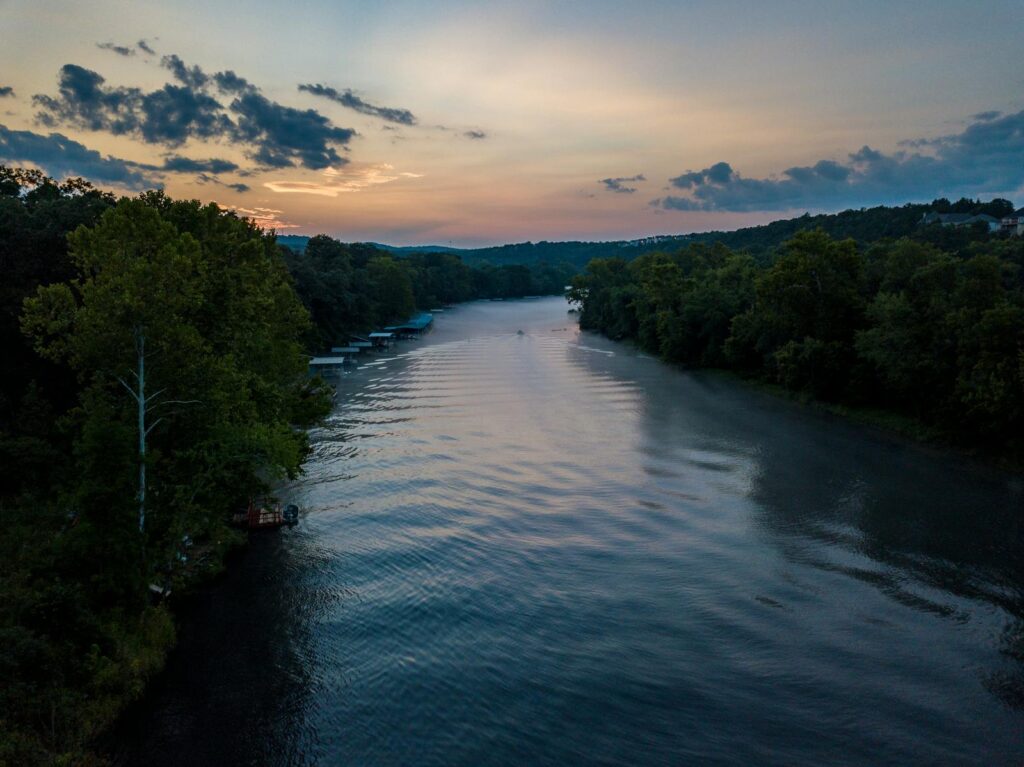
Below Holter Dam near the town of Wolf Creek, the Missouri River transforms into a tailwater fishery of international renown, offering some of the most reliable and productive trout fishing in Montana. This section, often called the “Mo” by locals, features consistent water temperatures and flows that support extraordinary insect hatches and a remarkable density of trout – often exceeding 3,000 fish per mile. The river’s broad, smooth flows create perfect habitat for selective trout that feed enthusiastically on prolific hatches of midges, BWOs (Blue-Winged Olives), PMDs, and caddis.
The Missouri’s reputation for large rainbow and brown trout is well-deserved, with 16-20 inch fish common and specimens exceeding 24 inches taken regularly, particularly during the fall brown trout spawn when aggressive fish become more vulnerable to streamers.
Rock Creek’s Intimate Appeal
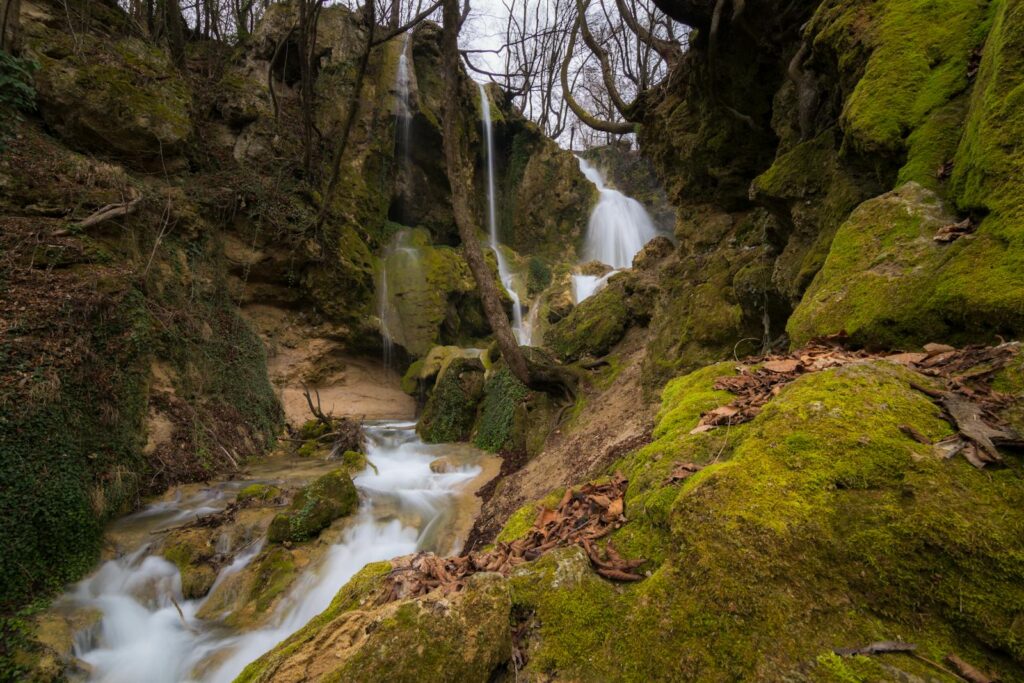
Rock Creek, flowing into the Clark Fork River east of Missoula, offers anglers a more intimate fishing experience compared to Montana’s larger rivers, while still providing exceptional trout habitat and biodiversity. This designated Blue Ribbon fishery winds through a scenic canyon for much of its 52-mile length, with easy roadside access along the lower 30 miles balanced by more remote sections requiring hiking or horseback travel. Rock Creek’s clear, cold waters support all four major trout species – rainbow, brown, cutthroat, and brook – along with the occasional bull trout, creating diverse angling opportunities throughout its course.
The creek is particularly celebrated for its spectacular salmonfly hatch in late May and early June, when these enormous insects bring even the largest trout to the surface in a feeding frenzy that creates unforgettable dry fly fishing.
The Smith River’s Wilderness Experience
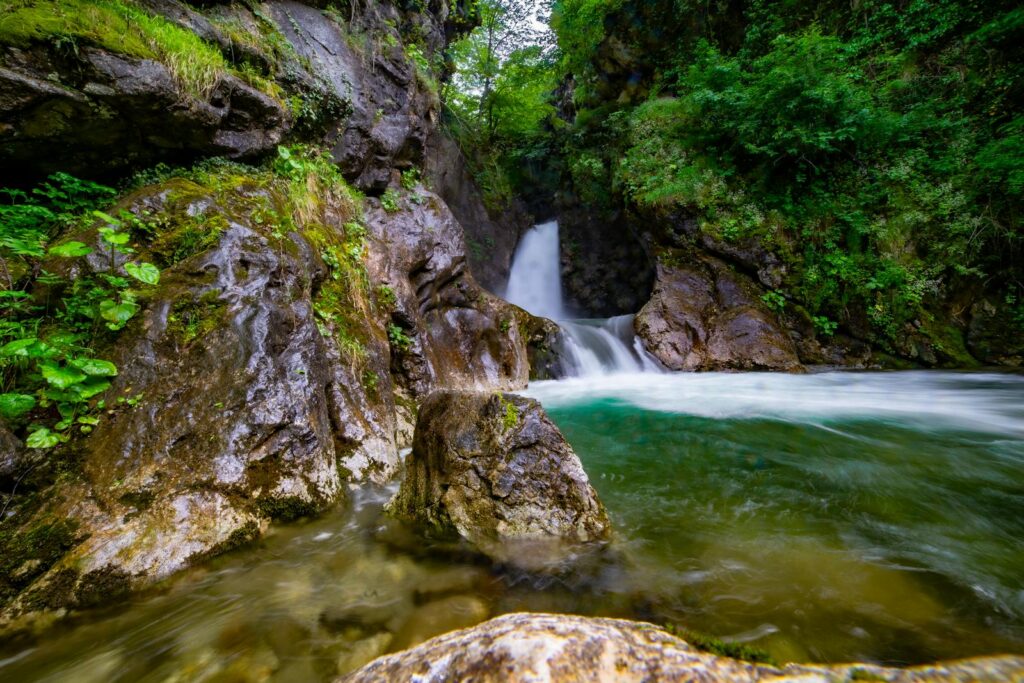
Unlike most of Montana’s famous trout waters, the Smith River offers a unique wilderness fishing experience, with its most productive 60-mile section accessible only by boat on a multi-day float trip that requires a special permit obtained through a competitive lottery system. This limited access has preserved both the pristine quality of the fishery and the unspoiled nature of the experience, as the river winds through a dramatic limestone canyon between the Little Belt and Big Belt Mountains. The Smith supports healthy populations of brown and rainbow trout, with 14-16 inch fish common and larger specimens available, particularly among the browns that grow to substantial size in the river’s deeper pools and undercut banks.
Beyond the exceptional fishing, the Smith River float provides a rare opportunity to disconnect completely from civilization, with nights spent at designated campsites along the river and days divided between fishing and marveling at the canyon’s towering walls adorned with Native American pictographs.
The Gallatin River’s Scenic Splendor

The Gallatin River achieves a perfect balance of accessibility, beauty, and quality fishing as it flows north from its headwaters in Yellowstone National Park through a spectacular canyon alongside Highway 191. Made famous by its appearance in the film “A River Runs Through It,” the Gallatin features crystal-clear waters tumbling through boulder gardens, creating the classic pocket water that produces technical but rewarding fishing for rainbow, brown, and cutthroat trout. The upper canyon section offers particularly striking scenery, with the river framed by towering mountain walls that create dramatic light and shadow effects throughout the day.
While the Gallatin’s trout may not reach the enormous sizes found in some of Montana’s other rivers, what they lack in size they make up for in numbers and enthusiasm, with eager fish willing to rise to well-presented dry flies even during the heat of summer.
The Bitterroot River’s Seasonal Opportunities
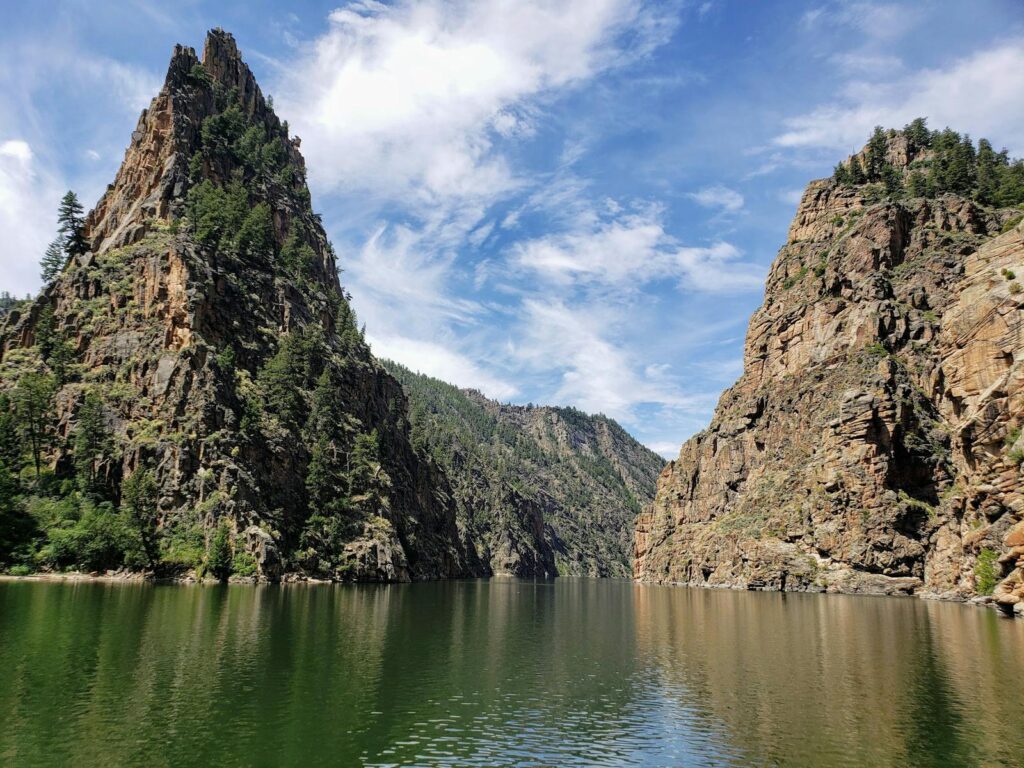
Flowing north through the scenic Bitterroot Valley between the Bitterroot and Sapphire Mountains, the Bitterroot River offers exceptional seasonal fishing opportunities with distinct character in its upper, middle, and lower sections. The river is particularly renowned for its skwala stonefly hatch in early spring, one of the first major hatches of the season in Montana and a rare opportunity for large dry fly fishing before most other rivers become productive. The Bitterroot supports strong populations of rainbow and brown trout, with the west fork and upper sections also offering native westslope cutthroat trout in settings of remarkable beauty.
Fall brings spectacular fishing as brown trout take on their spawning colors and become more aggressive, while cottonwoods and aspens along the banks turn golden, creating a visual feast to complement the angling action.
Spring Creek Perfection: DePuy’s, Armstrong’s, and Nelson’s
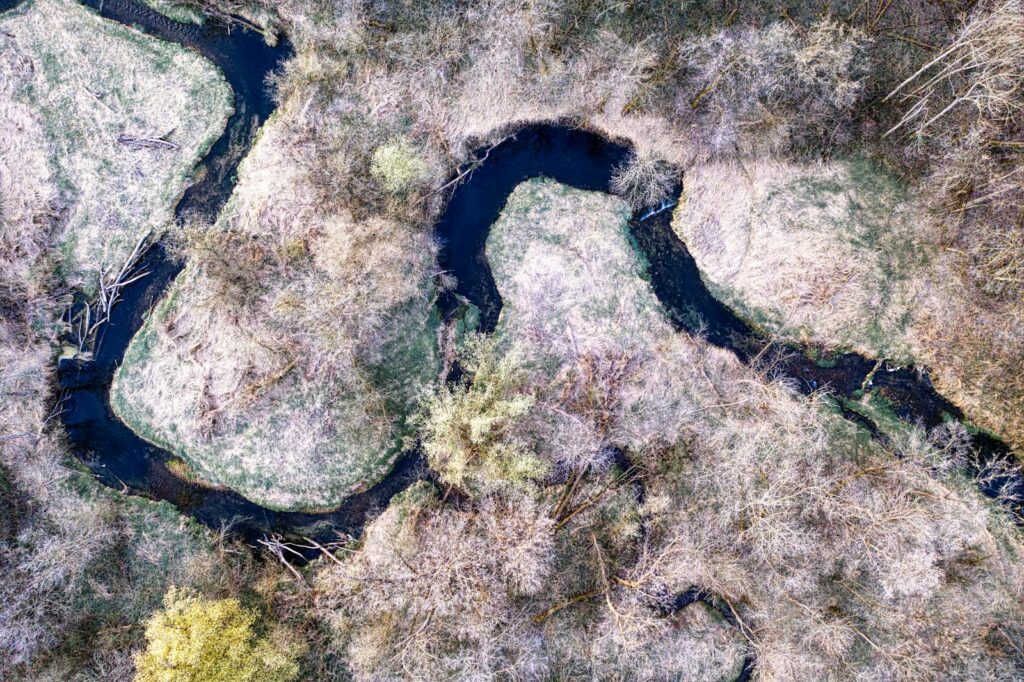
Montana’s legendary spring creeks near Livingston – DePuy’s, Armstrong’s, and Nelson’s – represent the apex of technical dry fly fishing, challenging even the most skilled anglers with their crystal-clear waters, abundant insect life, and educated trout. These privately owned streams, accessible through day fees that range from $40 to $150 depending on the season, offer a completely different experience from Montana’s public rivers, with consistent water temperatures and flows creating ideal conditions for prolific hatches and selective feeding behaviors.
The spring creeks are particularly famous for their Pale Morning Dun mayfly hatches in summer and intense midge activity during winter months, when trout still rise freely in the constant 45-degree water. What makes these creeks so challenging and rewarding is the combination of gin-clear water, complex currents, and sophisticated trout that have seen countless artificial flies, requiring perfect presentations with fine tippets and precise imitations.
The Clark Fork’s Resurrection Story

The Clark Fork River represents one of America’s greatest environmental recovery stories, having transformed from a severely damaged waterway suffering from mining contamination to a thriving trout fishery that now attracts anglers from around the world. The river’s rebirth accelerated after the removal of the Milltown Dam in 2008 and continued restoration efforts, creating healthy habitat for rainbow, brown, and cutthroat trout throughout its extensive course. The section below Missoula has emerged as particularly productive, with large rainbow and brown trout responding well to both dry flies during hatches and streamer tactics when targeting trophy fish.
The Clark Fork’s broad, powerful flows offer excellent drift boat fishing opportunities, with skilled guides navigating the river’s channels to position anglers for success during the river’s famous summer hatches of PMDs, caddis, and terrestrial insects.
The Blackfoot River’s Wild Character
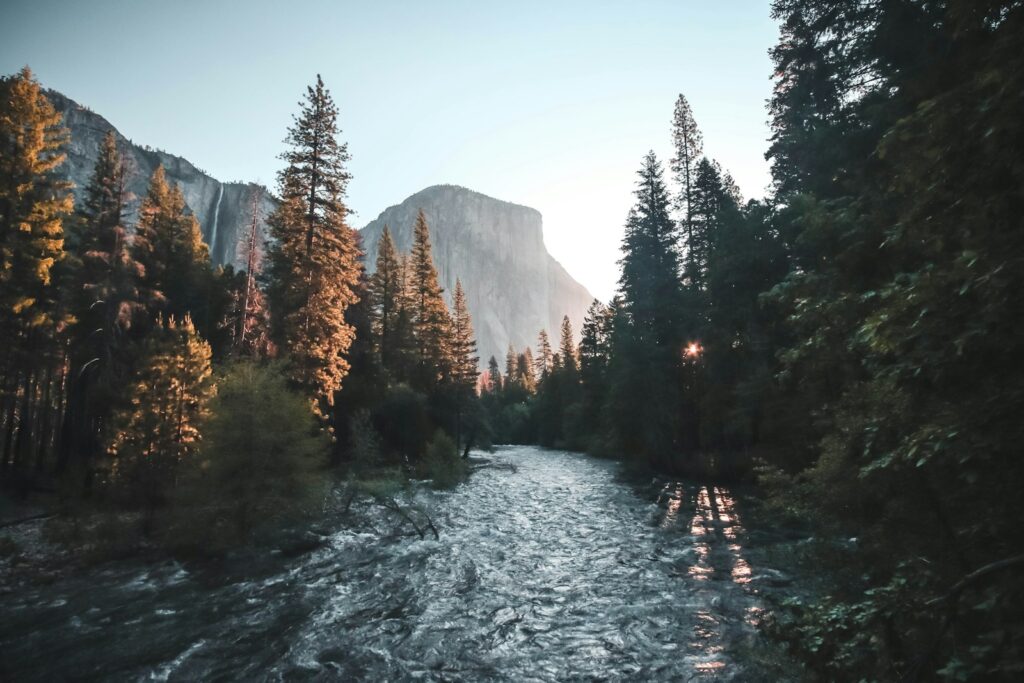
The Blackfoot River, immortalized in Norman Maclean’s “A River Runs Through It,” maintains much of its wild character despite its legendary status, flowing through a dramatic valley northwest of Missoula. The river’s character is defined by its boulder-strewn rapids, deep pools, and gravel bars, creating diverse habitat for westslope cutthroat, rainbow, and brown trout, with bull trout also present but protected as a threatened species. The Blackfoot’s fishing peaks during the summer months when grasshoppers, ants, and beetles become important food sources, creating exceptional terrestrial dry fly fishing opportunities along grassy banks.
Conservation efforts by organizations like the Blackfoot Challenge have helped preserve the river’s health and productivity, maintaining its status as one of Montana’s most beloved fishing destinations despite challenges from drought and increasing angling pressure.
Montana’s Hidden Gems: Lesser-Known Streams
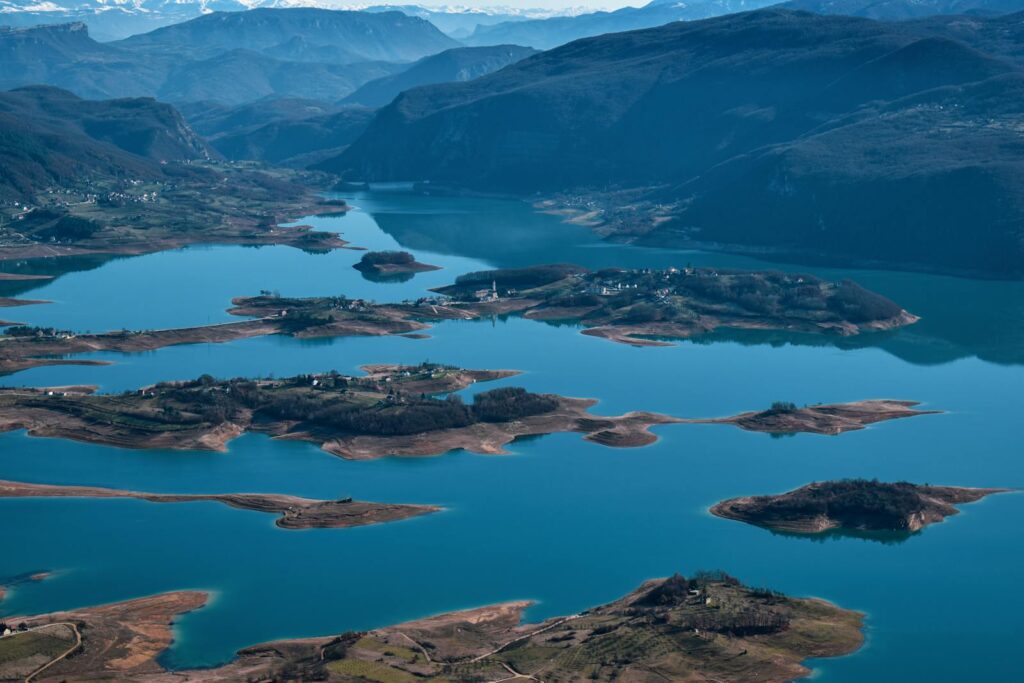
Beyond Montana’s famous blue-ribbon rivers lie dozens of smaller streams that offer solitude and quality fishing for anglers willing to explore and research. Waters like the Dearborn River, Boulder River (both the one near Big Timber and its namesake near Boulder), the Ruby River, and countless mountain creeks provide alternatives to more heavily fished destinations, often with the added bonus of complete solitude. These smaller streams typically host eager populations of modestly sized trout – primarily westslope cutthroat, brook, and small browns – that readily rise to attractor dry flies like Stimulators, Parachute Adams, and Elk Hair Caddis patterns.
The fishing on these waters tends to be less technical and more forgiving than on the spring creeks or tailwaters, making them perfect for beginners or for experienced anglers seeking a more relaxed pace. Many of these streams are accessible through public land or Montana’s stream access law, which allows public fishing on any natural waterway capable of recreational use, regardless of who owns the adjacent land.
Practical Considerations for Montana Fly Fishing
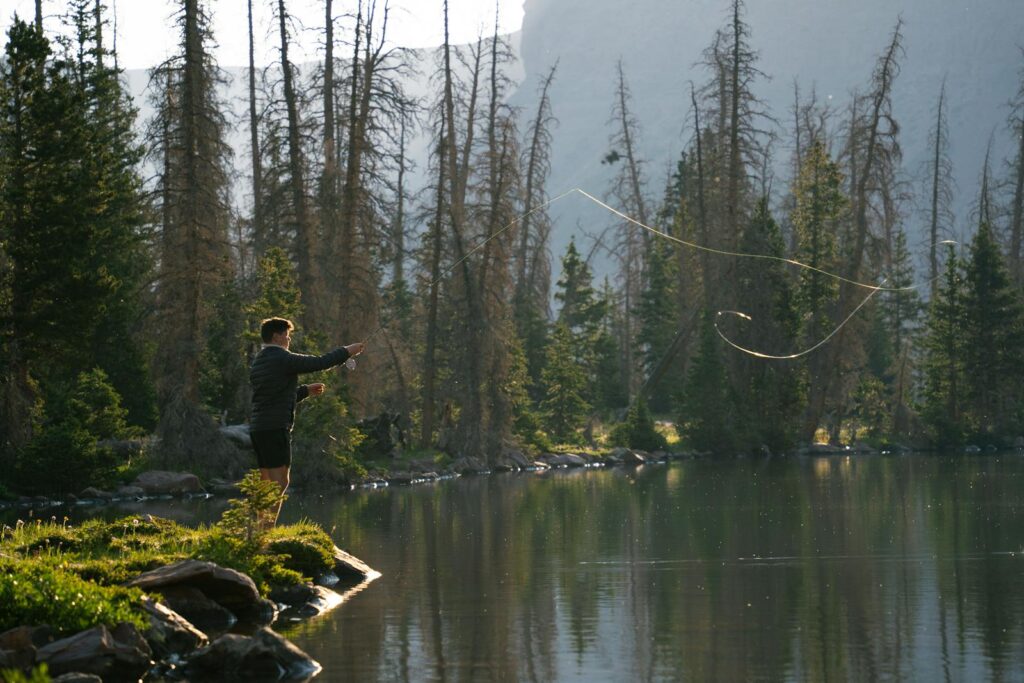
Successfully fishing Montana’s rivers requires preparation beyond just fishing skills, beginning with understanding the state’s licensing requirements and stream access laws. Montana requires fishing licenses for all anglers 12 and older, with different options for residents and non-residents, including single-day, multi-day, and season-long permits available online or from numerous vendors throughout the state. Timing plays a crucial role in planning a Montana fishing trip, with each season offering distinct opportunities: spring brings skwala stoneflies and less crowded waters, summer delivers prolific hatches and consistent conditions, fall offers spectacular brown trout fishing amid gorgeous colors, and winter provides surprisingly productive fishing on tailwaters and spring creeks for the hardy angler.
Weather conditions can change rapidly in Montana, so packing layers, quality rain gear, polarized sunglasses, and sun protection is essential regardless of when you visit. Finally, considering hiring a knowledgeable local guide for at least one day can dramatically accelerate the learning curve on unfamiliar waters, providing insights about access points, effective techniques, and specific hatches that might take years to discover independently.
Conclusion
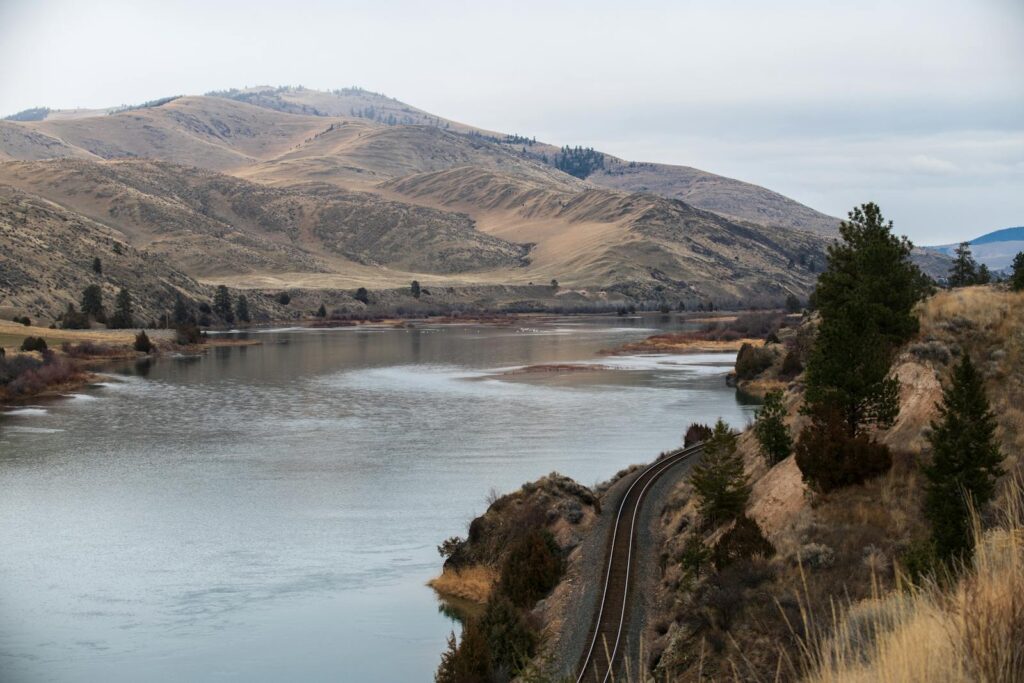
Montana’s rivers and streams represent the gold standard for trout fishing in North America, offering an unmatched combination of abundant fish, spectacular scenery, and diverse angling opportunities. From the technical challenges of spring creek fishing to the wild adventure of floating the Smith River canyon, the state provides experiences to satisfy every angler’s preferences and skill level. What makes Montana truly special, however, goes beyond just the quality of the fishing – it’s the entire experience of standing in a clear, cold river with mountain peaks on the horizon, osprey circling overhead, and the knowledge that the next cast might bring the trout of a lifetime to the surface.
For the dedicated fly angler, Montana isn’t just a destination; it’s a pilgrimage to waters that define the very essence of the sport.
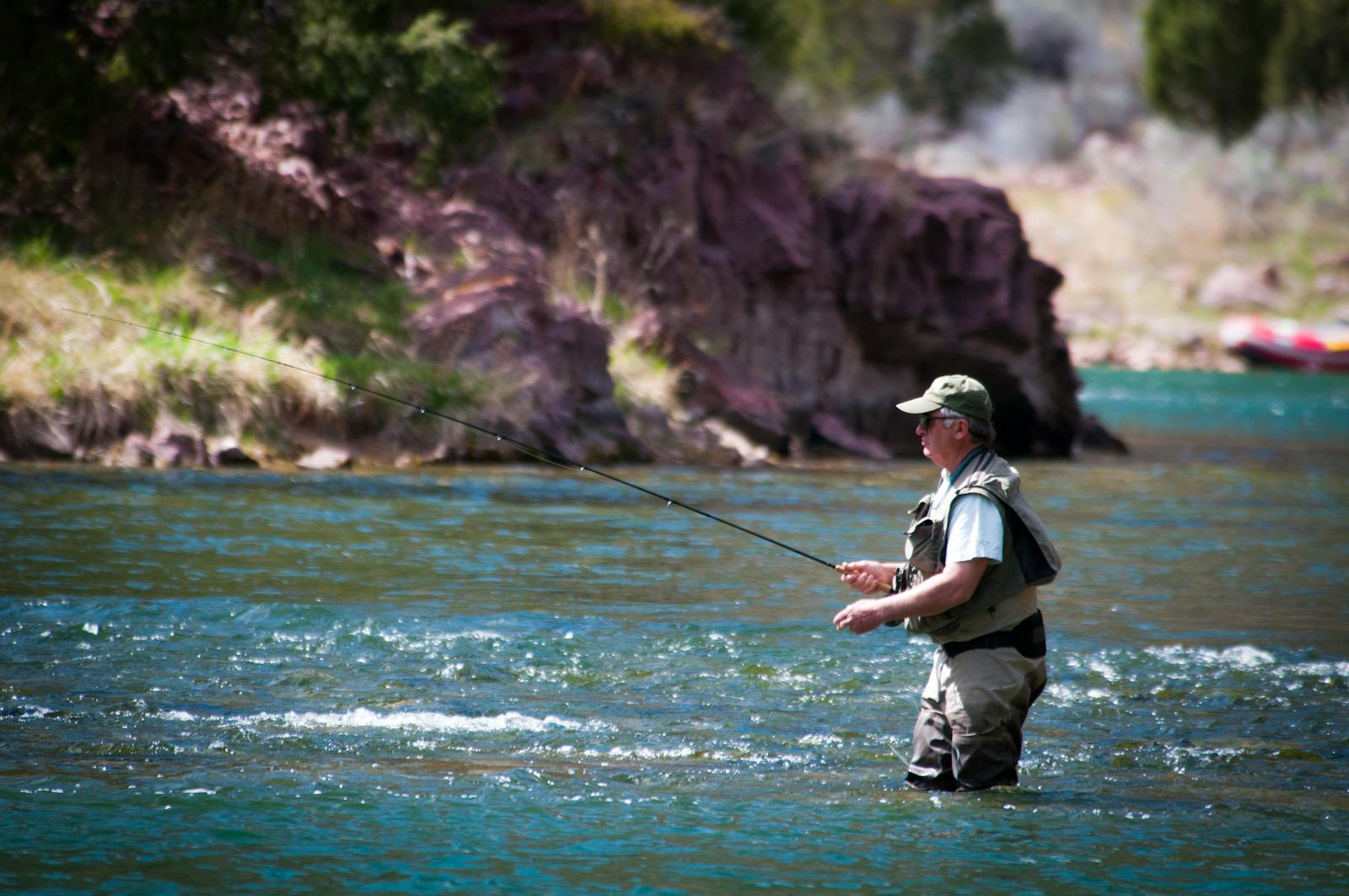
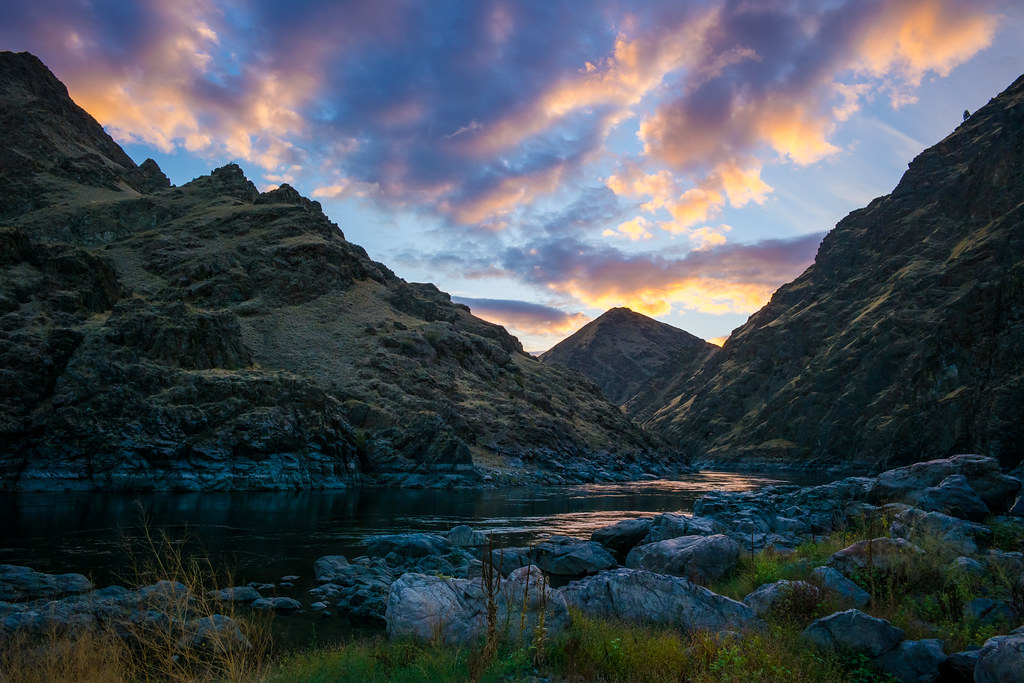

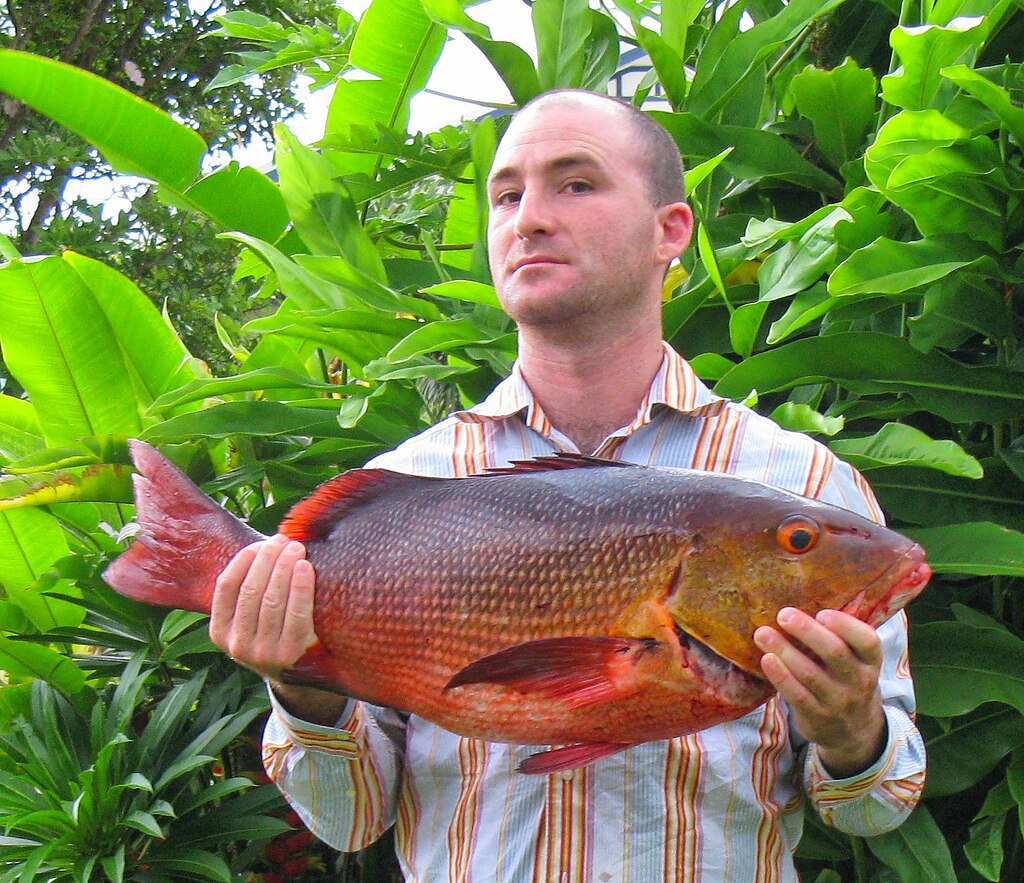










Post Comment